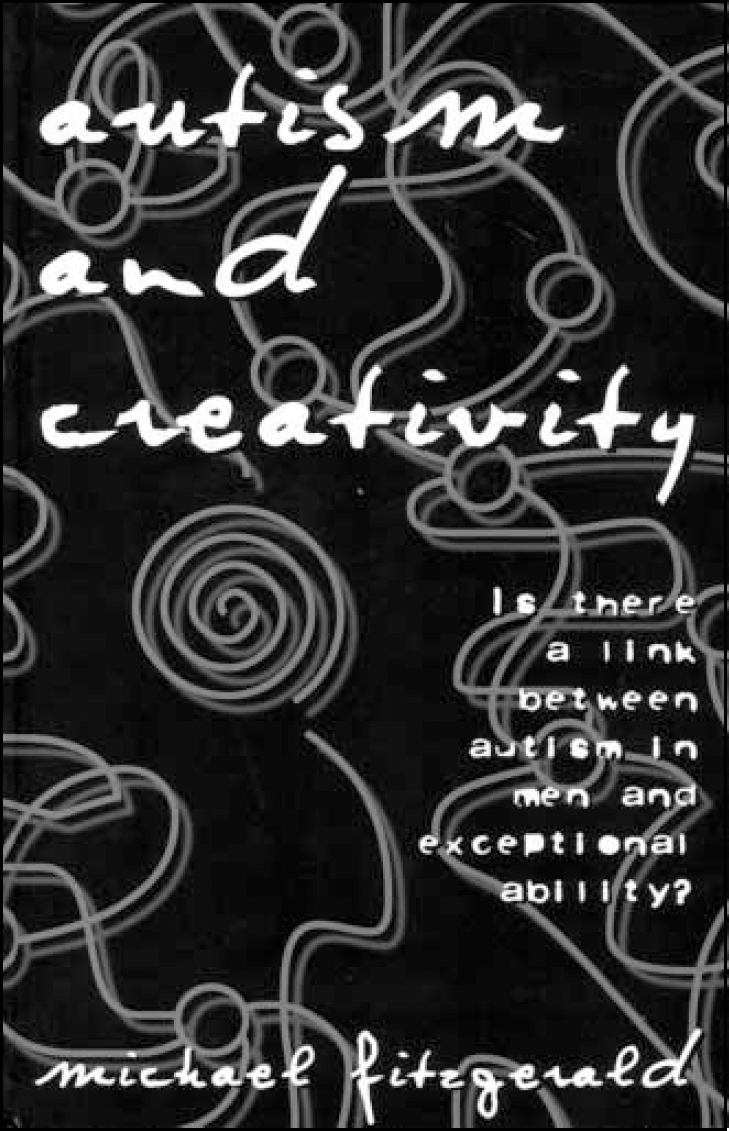
In this book pathologising creativity and genius, titbits from the lives of Ludwig Wittgenstein, William Butler Yeats, Lewis Carroll and others are proffered as ‘proof’ of Fitzgerald's conclusion that high-functioning autism and Asperger's syndrome are more common than we think and critical to genius and creativity. The problem with this is that Fitzgerald writes as if he were their psychiatrist. He isn't. Nor is he really their biographer. The ‘facts’ he uses to support his case have been cobbled together from secondary sources, by his own admission, ‘using biographies that have received favourable reviews in professional journals and recognised publications such as the Times Literary Supplement’.
Fitzgerald finds what he's looking for, trawling life stories for nuggets to fit his theory: Hitler's autistic psychopathy, Wittgenstein's autistic superego, Yeats's classic ‘Asperger pose’ and ‘autistic aggression’. One might be forgiven for thinking that this sort of fudged pseudoscience comes with the genre. But retrospective psychobiography can be done without succumbing to this book's shortcomings. Kay Redfield Jamison's brilliant and captivating book Touched with Fire examines the relationship between bipolar disorder and creativity by presenting extracts of psychohistory as recorded by writers and artists themselves and consulting widely with colleagues working in the humanities (Reference JamisonJamison, 1991).
Fitzgerald's conclusion is touted on the back cover as ‘spirited and controversial’. I think it's shaky. Statements that he makes, such as ‘another important point emerging from this book is that the autistic spectrum is very wide and this book widens it still further’, seem as absurd as arbitrarily altering the definition of fever to fit a hypothesis that there is a link between pyrexia and genius.



eLetters
No eLetters have been published for this article.